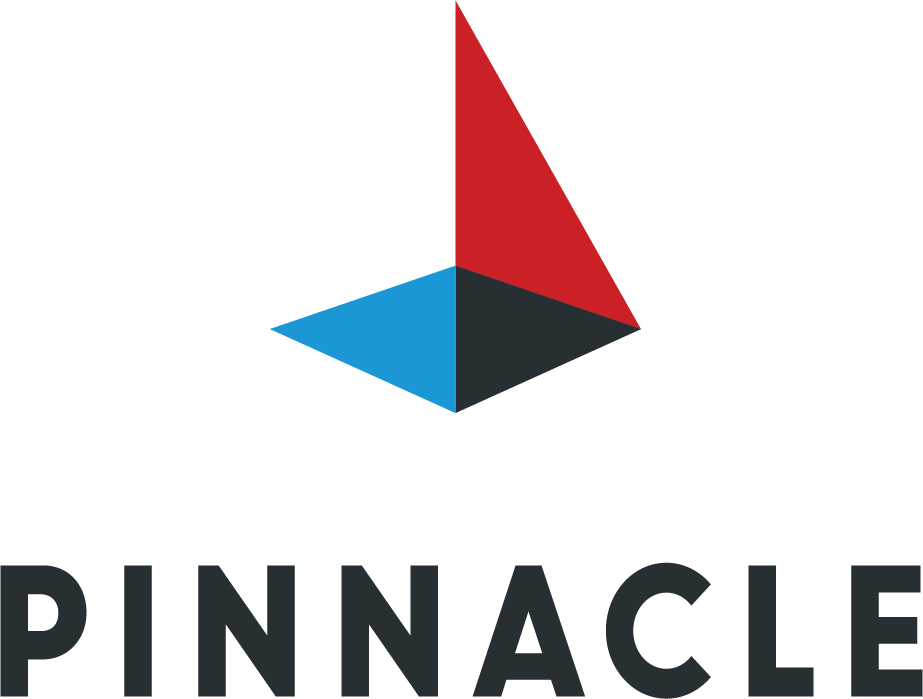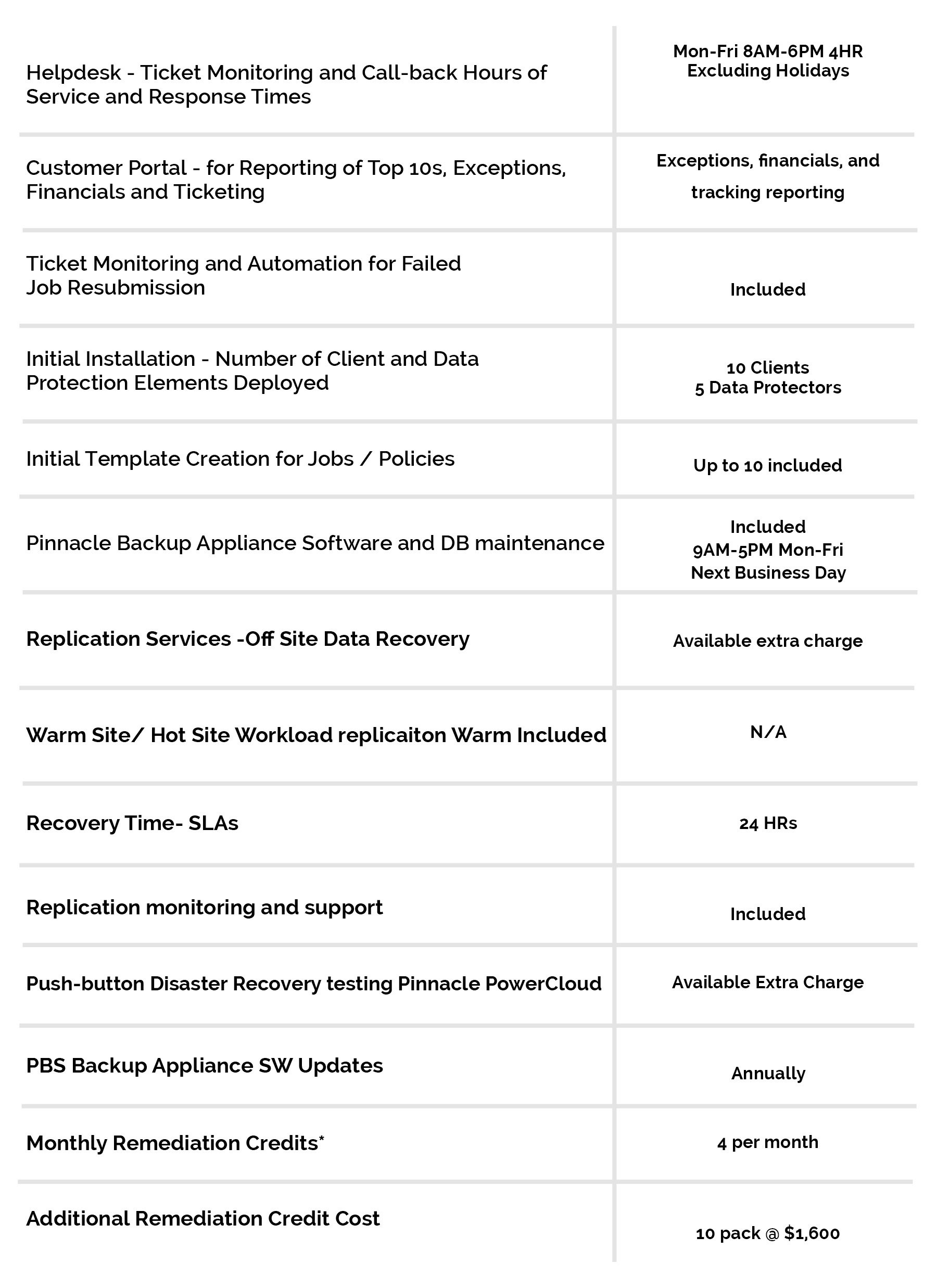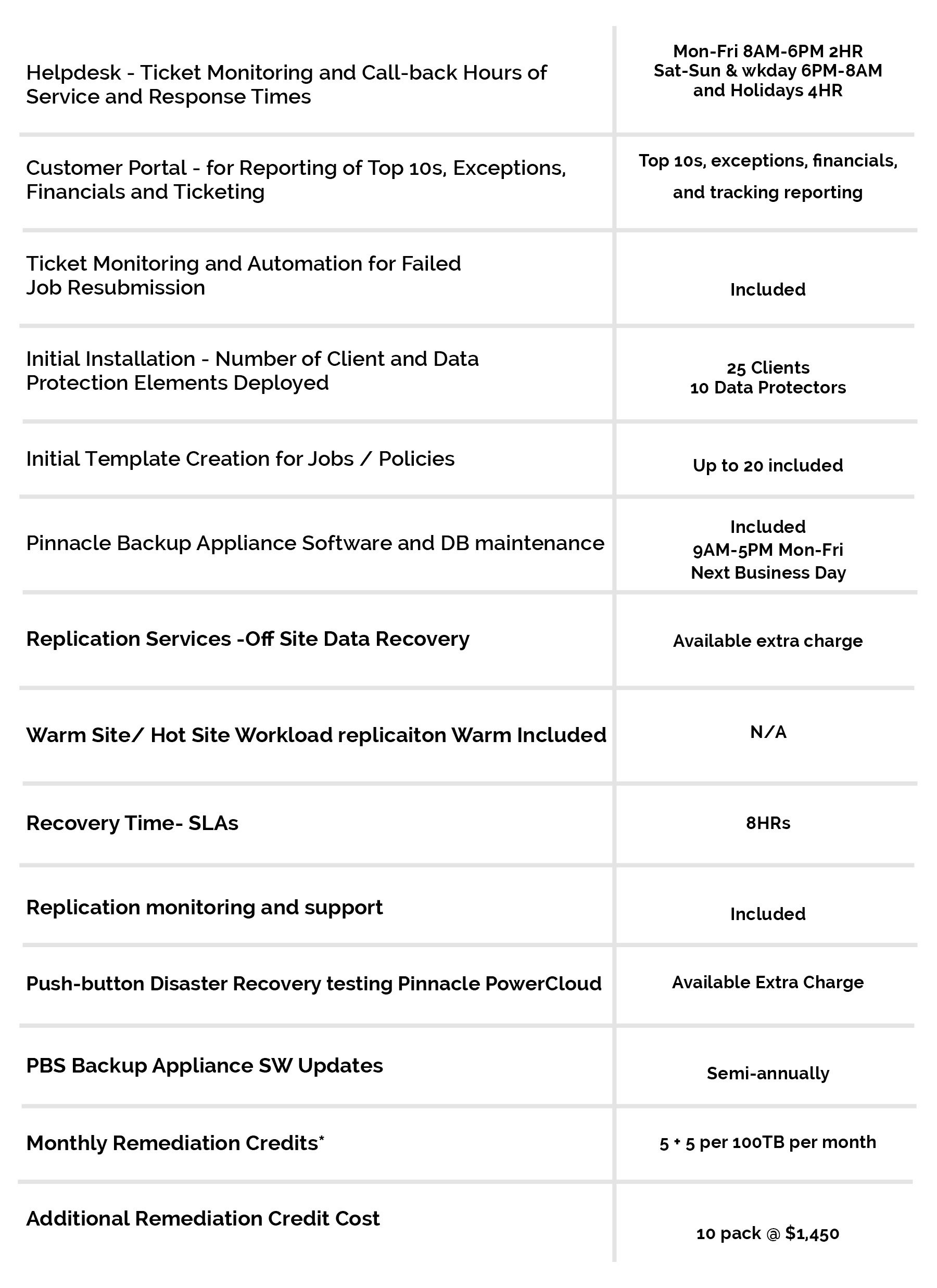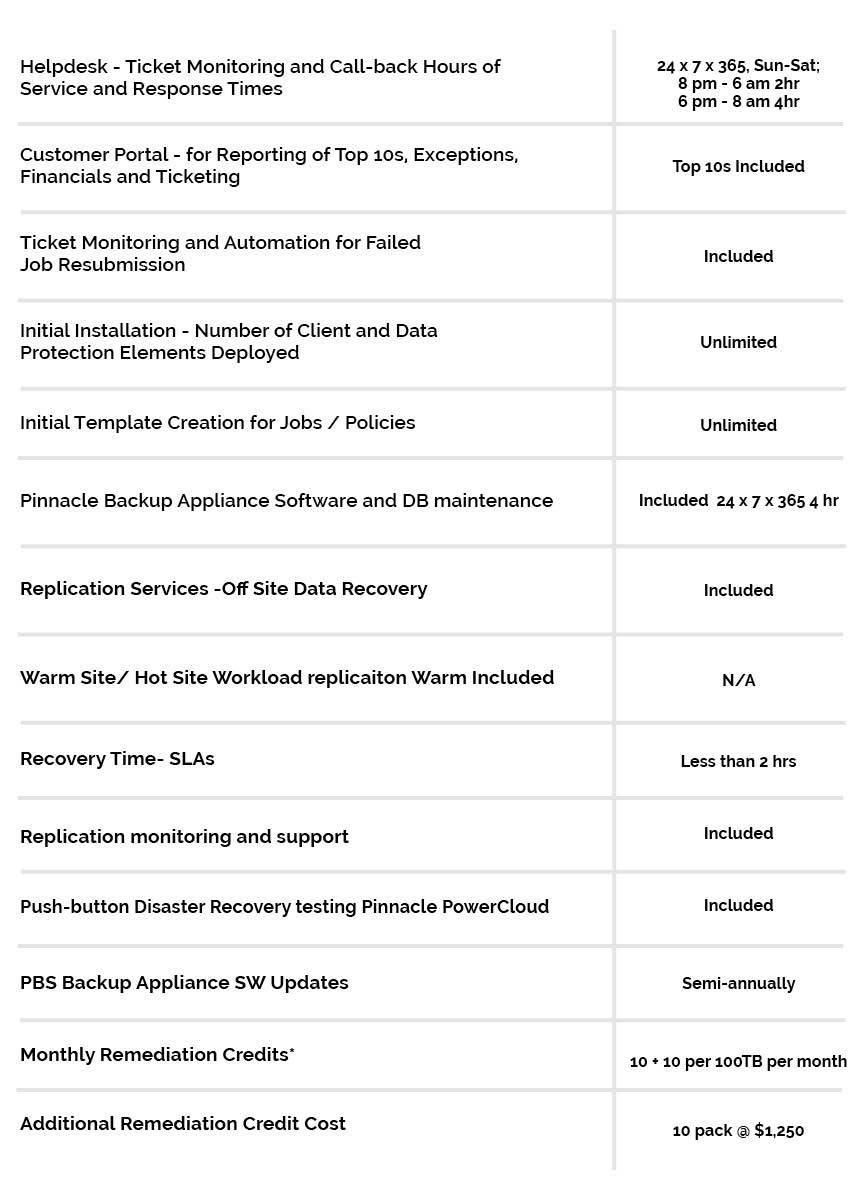09 Jul How to Improve Digital Security in the K12 Space
Administrators and IT teams in the K-12 educational space have a bit of work to do in order to make their digital environments safer for students and faculty alike. So much rides on these systems – from classwork to personal, sensitive information like names, addresses, and phone numbers. However, according to the 2018 Education Cybersecurity Report from SecurityScorecard, the education industry is one of the least secure sectors today. In fact, of the 17 industries included in the study, the education sector was at the bottom of the list.
This isn’t to say, however, that K12 schools are beyond help when it comes to their digital security. There are few critical and meaningful steps that administrators and IT leaders can take to improve their protection capabilities while still observing their budget.
Understand key vulnerabilities
One of the first steps to take here is for administrators to get a better understanding of the risks that impact their industry in particular. There are three top areas of security vulnerabilities in this sector currently, EdTech Magazine reported, including:
- Application security. As schools bring more apps into their infrastructure environment, hackers will see these platforms as targets.
- Endpoint security. Similar to app security, the more student and faulty devices logging on to the school network, the higher the risk, as these can present entry points for malicious cybercriminals.
- Software updates. While it can be a tie consuming hassle to fit this into the IT team’s already hectic schedule, ensuring efficient updates and security patching for all systems and applications is something that cannot be overlooked.
Pay special attention to data collection, use, and storage
In addition to being aware of the critical risks, administrators should also pay particular attention to the sensitive, personal information collected from students, educators, and other staff members. Because these details are highly valuable for hackers and can be used for further fraud, it’s imperative that this information is as secure as possible.
Protection of personally identifiable information should include considerations like ensuring that data is transmitted and stored within a secure environment. This translates to strong encryption for both data at rest and data being sent to and from the institution. In addition, administrators should be aware of any and all ways that this information is accessible and used by the school. Security administrators should consider and proactively guard against all scenarios, even something as seemingly out of the realm as a disgruntled employee making off with sensitive student information. Taking steps to protect against risks ahead of time can save considerable headaches down the line.
Deploy the right technological tools
In addition to basic elements like network firewalls and antivirus and/or antimalware tools, schools should also consider building in capabilities like two-factor authentication and regular data backups. This more advanced security technology can help institutions avoid the key risks that impact their industry.
To find out more about improving the digital security at your educational organization, connect with one of our expert Pinnacle consultants today.





